Straight Outta Quispamsis! Dr. Shelley Doucet Saves Lives and Breaks Records
Dr. Shelley Doucet of Quispamsis, New Brunswick considers the 2017 Boston Marathon the “highlight of my running career to date.” It’s not terribly unusual for any runner who’s taken the pilgrimage to the world’s most famous marathon to feel that way.
Dr. Doucet, however, has a wide array of achievements to choose from in making that call. Her finishing time of 2:45 also secured the New Brunswick provincial marathon record. Just in the months following Boston, Doucet took gold in the women’s marathon at the Francophone Games in Cote D’Ivoire (finishing time of 2:51) and represented Canada at the Mountain Distance Running Championships in Italy, finishing 9th.
The undisputed queen of New Brunswick distance running, Dr. Doucet has demolished several provincial records in her wake and crossed the border in 2015 for a win at Maine’s Sugarloaf Marathon.
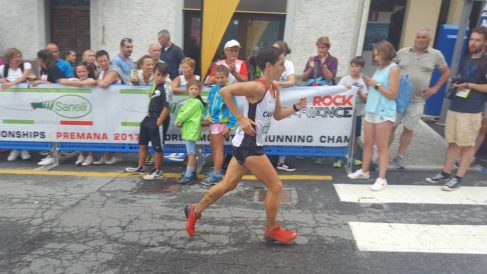
“I’m busy!” is a common refrain among anyone these days, but Dr. Doucet is busy. As a Professor in the Faculty of Nursing at the University of New Brunswick, she heads up a research team with a focus on making health care more collaborative and patient centred and supervises 20 graduate students and post-doctoral trainees.
For Dr. Doucet, her work supports a perfect balance.“My work allows me to meet new people, enjoy the camaraderie of my colleagues, tackle interesting challenges, and earn an income so that I can travel and run around the world!”
“Natural” is the easiest label to put on an athlete like Shelley Doucet, the kind that seems to be in overdrive in both career and running, but she rejects the label. “While there’s certainly an element of natural ability that has led to my progress,” Dr. Doucet says, “I believe it’s largely that I’m naturally a hard worker and have a tendency to put 110% into everything I do.”
What she calls her greatest asset also proved her greatest flaw at the outset. “When I first started running, I set ambitious goals and thought the best way to achieve these goals fast was to train harder and a lot. It comes as no surprise that I experienced injury after injury when I trained with this mindset.”
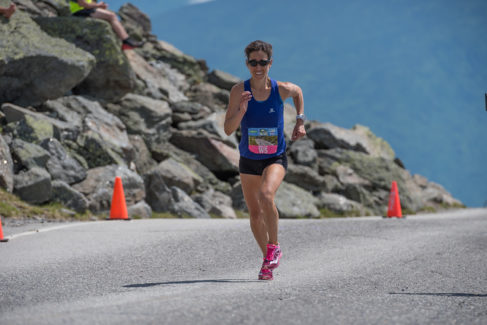
Learning patience has been her greatest challenge, but Dr. Doucet has learned, “If you get injured, you lose consistency in your training, which I believe is the most critical aspect to improving as a runner.”
That patience was perhaps partly learned on the trails and mountains for which Dr. Doucet has a special affection, in particular for the more patient type of running such terrain demands.
On the trails, “the focus is more on looking out for the course markers, staying on my two feet, and occasionally watching out for snakes and bears. I love a challenging race that’s so tough that I don’t have the ability to check my watch to see how fast I’m running.” None of this prevented her from finishing third among the women at the iconic Mount Washington Road Race this year.
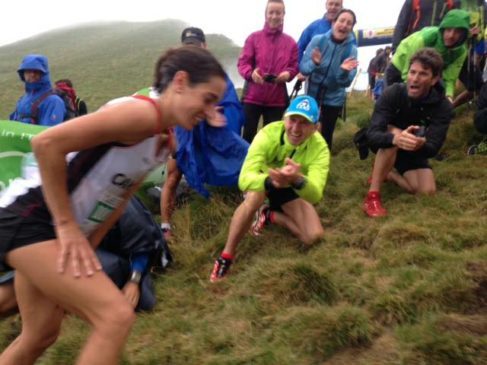
If she does have to dial back the intensity in training, Dr. Doucet finds no challenge in channelling that extra energy. She and her husband are co-organizers of the Quispamsis Swim and Run, a children’s race which raises funds for PRO Kids St. John, an organization that supports opportunities for underprivileged youth to participate in sports and recreation programs. Every Christmas, the Doucets also organize the Fill the Stocking 4K in support of families in need.
And still, Dr. Doucet leads a weekly trail run group on Mondays and serves as the Atlantic Director for the Association of Canadian Ultramarathoners.
“The biggest change that has happened over the past few years since I started running is that it’s really brought our family closer together,” Dr. Doucet says. She and her husband often train together and the kilometres they log are a chance to connect without distractions and even make major life decisions.
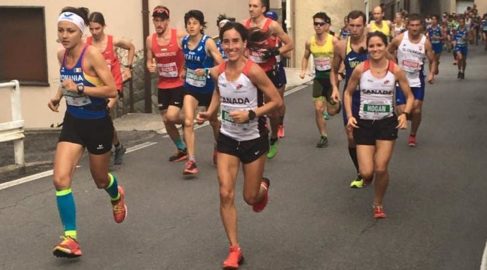
Five year old Ava and seven year old Myles often take part in many of the runs Dr. Doucet organizes. Mom’s racing career has also allowed the family to grow closer together while travelling and experiencing the local culture wherever they go. Running is a family affair, not something that takes away from it.
With a list of accomplishments any athlete would be happy to achieve a fraction of, Dr. Doucet still has her eyes on all World Marathon Majors and on a top ten finish at the Western States 100. Such mammoth goals sound like the stuff of pipe dreams, but with her track record, Dr. Doucet might be the rare runner who makes them seem like manageable expectations.
- Ravi Singh




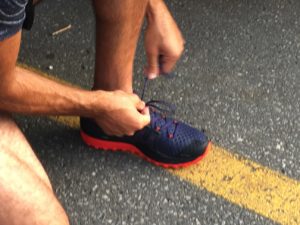

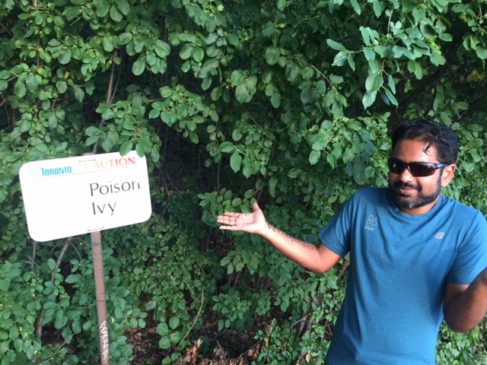
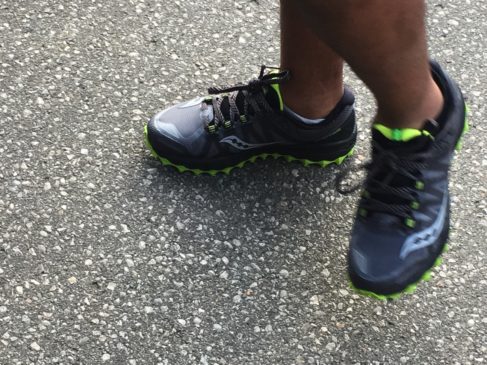
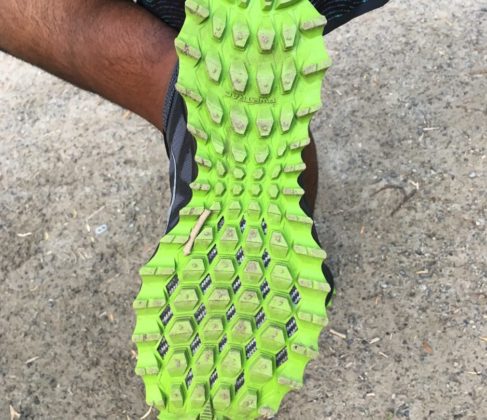

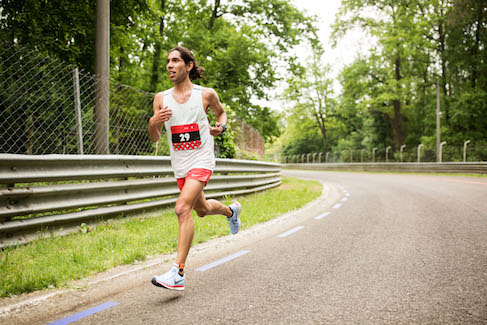

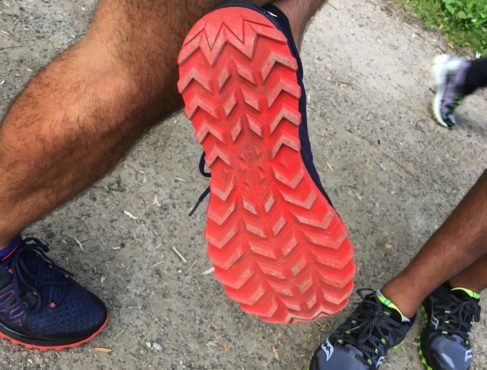




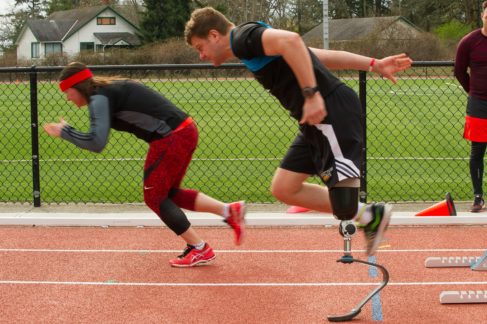
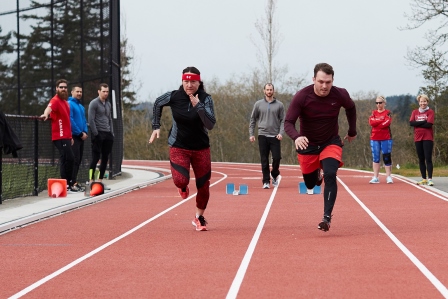
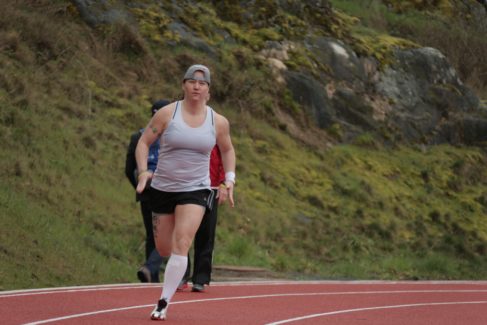

 Our Magazine
Our Magazine
